If you click on a link and make a purchase we may receive a small commission. Read our editorial policy.
Adapting the Sandman: changes from the DC/Vertigo pages to the Netflix screen
Looking inside the changes of Sandman from comics to the screen

Disclaimer: The following contains spoilers of the first season of the Sandman and the first two arcs ('Preludes and Nocturnes' and 'The Doll’s House') of the Sandman comics. Nothing but the vaguest of non-spoilers for anything beyond that.
Debuting at the height of the 'Mature Readers' comics boom of the late '80s, Neil Gaiman’s The Sandman was a genuine literary sensation that extended far beyond the comic stores. Co-created with Sam Keith and Mike Dringenberg and featuring the often wildly divergent styles of dozens of artists throughout its run, the Sandman still stands as one of the greatest examples of what the comic book medium is capable of and with its countless reprints and reissues in just about every major graphic novel format imaginable (and even a short-lived issue-by-issue reprint of the series that began just a couple of years after it concluded), it remains one of DC’s perennial best sellers. Decades later, it continues to attract new readers, including a large female contingent and many who hadn’t picked up a comic book since they were young children.
This level of acclaim and popularity inevitably came with the question that greets all massive literary sensations – when will it be adapted for the big screen? Quite why fans of novels and comics are always so quick to clamor for adaptations when the vast majority of them fail spectacularly to live up to their sources is a whole discussion in and of itself, but adapting Sandman, in particular, always seemed like a bad, bad idea.
Not only is the Sandman an exceptionally dense, layered work that took 75 issues to properly tell its story, but a large part of its brilliance was the way it made use of the comic book medium itself. It was a series that fused words from a writer and pictures from an artist in a way that, aside perhaps for Alan Moore and his collaborators at their best, remains unparalleled to this day. Gaiman’s highly literate writing is a beautiful fusion of the poetic and the everyday, but however wordy Sandman could be, the dialogue and narration always complimented - and was complimented by - the art.
It’s hardly surprising, then, that every attempt to turn Sandman into a film over the decades crashed and burned before ever getting off the ground. It took, as it turns out, until TV reached the level of prestige that it enjoys today for a Sandman adaptation to be even remotely possible. Turning the Sandman into a two- or even three-hour movie was always going to be impossible, but a TV show – especially one with the $15 million-per-episode budget and creative freedom of a Netflix series – might at least have some chance at capturing some of The Sandman’s greatness.
And, indeed, though it isn’t, as of yet, as mindbogglingly great as the comics for the simple reason that it was a story that was always tailored to a particular medium, the TV show we have ended up with is really very good. Certainly far, far better than any of us could have possibly hoped. Even with Gaiman’s direct, active involvement. What’s especially pleasantly surprising about Netflix’s The Sandman is just how closely it sticks to the comics – not just largely sticking to Gaiman’s original stories and characterization, but liberally quoting both the art and dialogue throughout.
This isn’t Zack Snyder’s Watchmen or Frank Miller’s Sin City: A Dame to Kill For, though: Gaiman and the show’s creators, led by Allan Heinberg and David S. Goyer, understand that adaptations require making changes to the work in the transition between media. As such, though it’s very faithful to its source, the Sandman features some major and minor changes from the comics.
Here, then, are some of the more significant changes that actually affect the story being told here… and possibly what might come later.
A longer time in the bubble

Morpheus in both the TV show and the comics is trapped by corrupt magician, Roderick Burgess, from 1916 to present day, but while the present day of the comics was 1988, it’s 2022 in the television series, which means that in the screen version, Dream was imprisoned for over a century. This has a knock on effect that necessitates certain changes in the adaptation. First, a not very well explained side effect of capturing the Lord of Dreams causes the members of the Burgess household to age much slower than usual, so that the ones that need to be alive in the present day can be. For other characters, a generation or two is added – most notably changing Unity Kinkaid from being Rose Walker’s grandmother into her great grandmother.
It even changes certain story beats. For example, it means that Dream ends up missing his annual meeting with the immortal Hob Gadling and has to seek him out decades later, as opposed to making it out just in time to catch up with his old friend. Incidentally, the way the TV show directly connects the Hob Gadling story with the Death-centric 'Sound of Her Wings' was a stroke of genius that points towards how the series will handle weaving in the many short stories that make up about a quarter, perhaps even a third, of the entire Sandman saga.
Gaiman’s Sandman, not DC’s
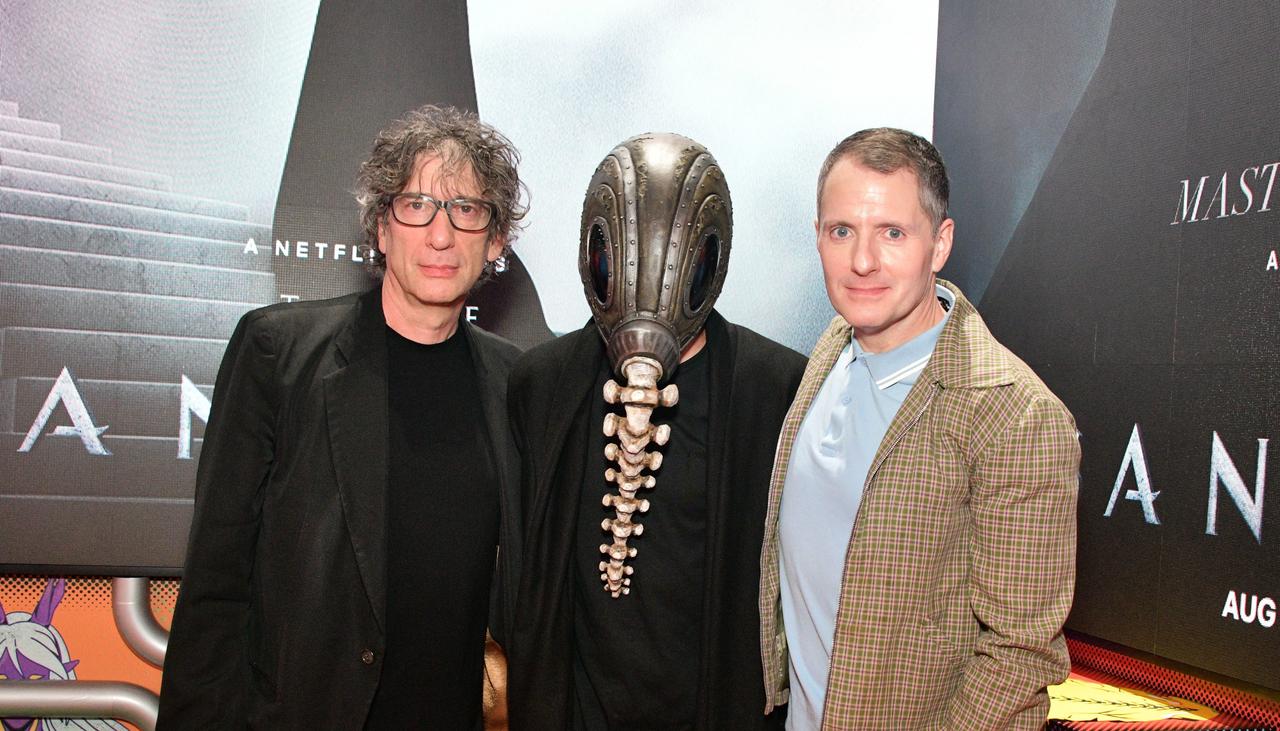
The earlier parts of the Sandman comics were tied, quite heavily, into the DC Universe of the late '80s, before it separated from DC’s superhero line and became essentially its own thing for the rest of its run. This is never more true than in the two story arcs that are adapted in the Sandman's first season
Along with small supporting roles for the likes of Mister Miracle and the Martian Manhunter, one of the key characters in the 'Preludes and Nocturnes' comic book arc is the old Justice League of America villain, Dr. Destiny, who starts the series off in Arkham Asylum. Both storylines also contain references to both the Golden Age Sandman, Wesley Dodds, and the almost forgotten Bronze Age version created by Joe Simon and Jack Kirby, Garett Sanford, and his replacement Hector Hall. Early Sandman even had to connect to the larger DC continuity of the time, which forced Gaiman to have Lucifer as only one of three rulers of hell.
The Netflix series drops all of this and to further distance the show from the wider DC cinematic and television universes, the DC logo only appears at the very end of the credits. Lucifer is now the sole ruler of hell. Dr. Destiny is now just plain old John Dee, who is in a nondescript psychiatric hospital after murdering people who tried to take his Dream Stone/ Morpheus’ ruby from him. Scott Free and J’onn J’onzz are nowhere in sight and though Hector and his wife, Lyta Hall are important players in the second half of the season, they were never superheroes and the only reference to another Sandman is the imaginary character that young Jed Walker plays in the dreamscape created for him by escaped nightmare, Gault, as he is held captive by abusive foster parents. The latter is also a new creation for the TV series as she replaces the twin nightmares, Brute and Glob, who were characters from the Bronze Age Sandman series.
These changes are mostly for the better as what were fun details in the comics would needlessly over-complicate things on screen, but it’s hard not to miss the connections that Gaiman drew between previous Sandmen and Dream.
A more human Dream
Incredibly, the original intent was to have the screen version of Morpheus look exactly like his comics counterpart with actor Tom Sturridge donning Morpheus’ wild hair, snow-white skin and black, star-speckled contact lenses, but the show’s creators quickly decided to drop the look, not least because it stretched credibility that Morpheus would be able to walk freely among humanity looking like that. While there are cosmetic changes to many of the characters (most of which have proven controversial enough to not need expanding on here) the decision to present Dream as a fairly normal, if vaguely goth-looking, human male, actually makes Sturridge’s still excellent portrayal of Dream substantially different from his comic book counterpart.
The reason for this is simple. Sturridge, quite understandably, never come close to capturing the ethereal presence of the comics’ Morpheus (only his particular way of talking suggest that Morpheus is anything but human), but the biggest difference here lies entirely in his eyes. Not only does Sturridge, like most human actors, have human eyes, but he has eyes that are particularly expressive - resulting in his Dream wearing his barely repressed emotions far closer to the surface than the comics’ Dream ever did. This makes him a protagonist that is easier for audiences to identify with, but it does mean that at least part of what makes Dream such a strange, subtle and unconventional protagonist hasn’t survived the journey from the page to the screen.
This is no fault of either the actor or the makeup and visual effects departments, who all do spectacular work here, but is a reflection of an advantage that comics will always have over films and TV: they are unbound by reality.
Expanded supporting roles

One advantage that comics certainly don’t have over a TV series, though, is that of space. The 24 pages an issue that Sandman enjoyed may seem like pure luxury in an era where twenty is the norm – and, certainly, comic book pages were far more densely stacked before comics started aiming for the cinematic, rather than the literate – but those 24 pages were a hard and fast limit on both the writer and the artist. A Netflix series may have a limited episode count but with their elastic approach to the length of each episode (hello, Stranger Things!), the creators had far more space with which to work.
While this does mean that the TV series does occasionally lack the discipline and deliberate pacing of the comics, it gives it more time to spend on fleshing out the supporting cast. The Dreaming’s librarian, Lucienne, for example, isn’t just gender-swapped from the comics, but she is given a much bigger role and even her own story arc as she is portrayed as Dream’s right-hand-man and moral conscience, while also running the Dreaming when he was away.
Similarly, Dream’s other right-hand-man (or is that right-wing-bird?), the raven Matthew, is used even more as an audience surrogate than in the comics, as he is totally new to this world. Unlike the comics, he only becoming Dream’s raven after the latter escapes his prison – and only after the death of Dream’s previous raven, whom we actually get to meet!
To be sure, making such changes to characters that are an ongoing part of the Sandman story is risky as it can have a domino effect as the series (fingers crossed) goes on – as can the inexplicable change from the library housing every book that will never be written into a library of all the books that will. The changes made to characters with smaller roles in the overall saga, however, are on much sturdier ground, though none more so than the villains of the season. And, of course, Johanna Constantine, with the ingenious decision - presumably made because of rights, rather than right, reasons – to replace John Constantine with her in the present, which draws a much clearer line between her and her ancestor of the same name.
The Corinthian benefits the most from the extra space as he goes from being merely a renegade, if particularly brutal, nightmare into the 'Big Bad' of the season; driving events from behind the scenes from his first meeting with Roderick Burgess through John Dee’s reign of terror and culminating in his far more intimate involvement with the rescue of Jed Walker and the events of the serial killer convention.
John Dee, on the other hand, is given less an expanded role than a more focused and sympathetic one instead. Though the Dream Stone still corrupts him (though not physically, as it did in the comics), more thought is given to how it does so, as John’s obsession with being lied to gives his evil acts their own twisted logic rather than the sheer chaos that his comic book counterpart inflicts on the world around him. That he spares poor Rosemary in the show and not the comics really says it all.
It’s all about change don’t you know

The biggest difference between the show and the comics, though, is simply the demands of each format. The genius of the Sandman comics is the way how for the vast majority of its run, it seems to consist of barely connected stories, some lasting seven or eight issues, others just one, that happened to be connected, however loosely, to Dream and his siblings, when suddenly 'Brief Lives' (the seventh volume of the original trade paperbacks) comes along and the whole thing snaps into focus. This is a luxury that a successful ongoing comic book can afford that an expensive TV show cannot.
'Change' is the overriding theme that ties the entirety of Sandman together but while this theme is fairly gradually revealed throughout the comic book series, it is much more explicitly brought up several times just in this first season. The Netflix series is perhaps less accessible than most in terms of first episodes, but for the series to have any hope in hell of being granted further seasons to tell its whole story, it needed to draw in huge numbers and to do that it would need to give audiences a bit more to hang their hats on. Especially audiences that have certain expectations of what a TV show should be.
Conversely, but on a similar note, the way the series ended perfectly encapsulated the difference between the two formats. What actually happened is basically identical in the comics and the TV show but while the final issue of the Doll’s House reads like it’s aware that another issue will follow it just one month later, the end of the first season of the Netflix show follows the conventions of a season finale: it wraps up the first season very tidily and very satisfactorily, while ending on a short sting to whet our appetites for the next season (and what a sting!).
By this point in the comic book, it was doing well enough that a next issue was virtually a guarantee. Another season, however, was never a guarantee – and though it does seem likely what with the series topping Netflix’s charts across the world, it still isn’t. Which, needless to say, would be a tremendous shame.
We delve into the curious circumstances that make a second season of Sandman on Netflix hard.
Follow Popverse for upcoming event coverage and news
Find out how we conduct our review by reading our review policy
Let Popverse be your tour guide through the wilderness of pop culture
Sign in and let us help you find your new favorite thing.


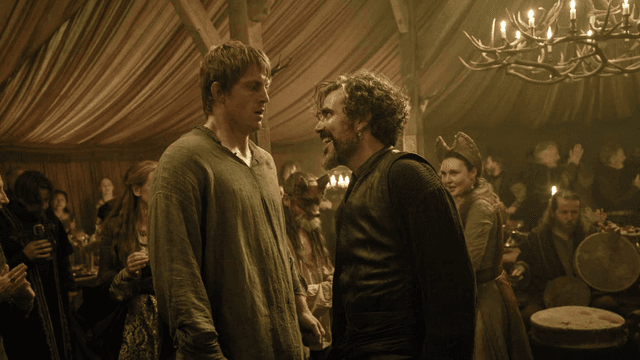

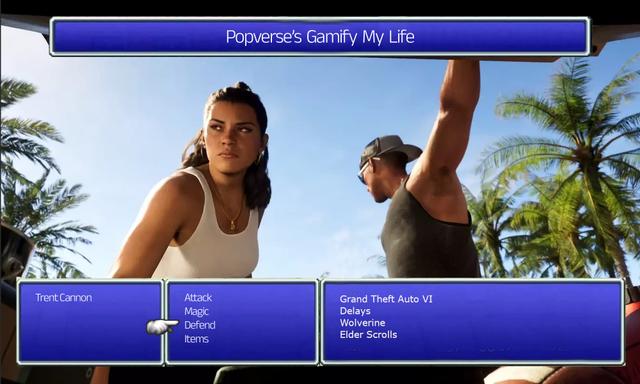


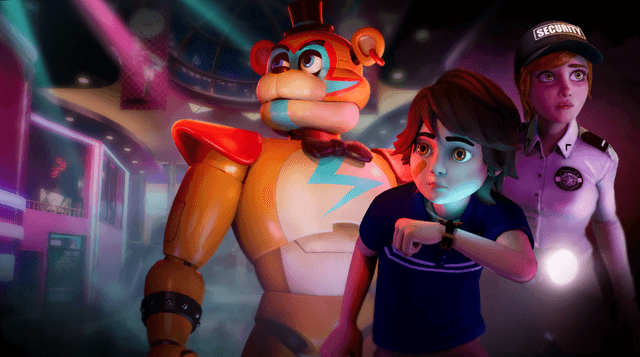

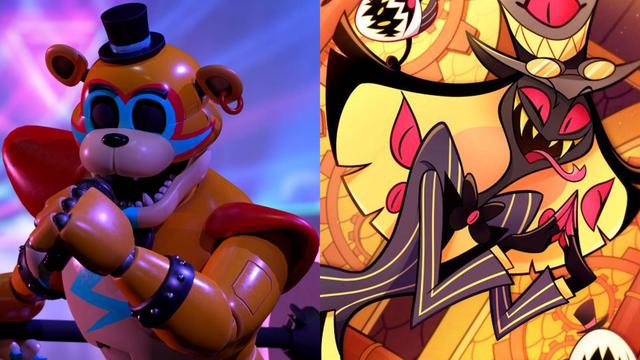






Comments
Want to join the discussion? Please activate your account first.
Visit Reedpop ID if you need to resend the confirmation email.